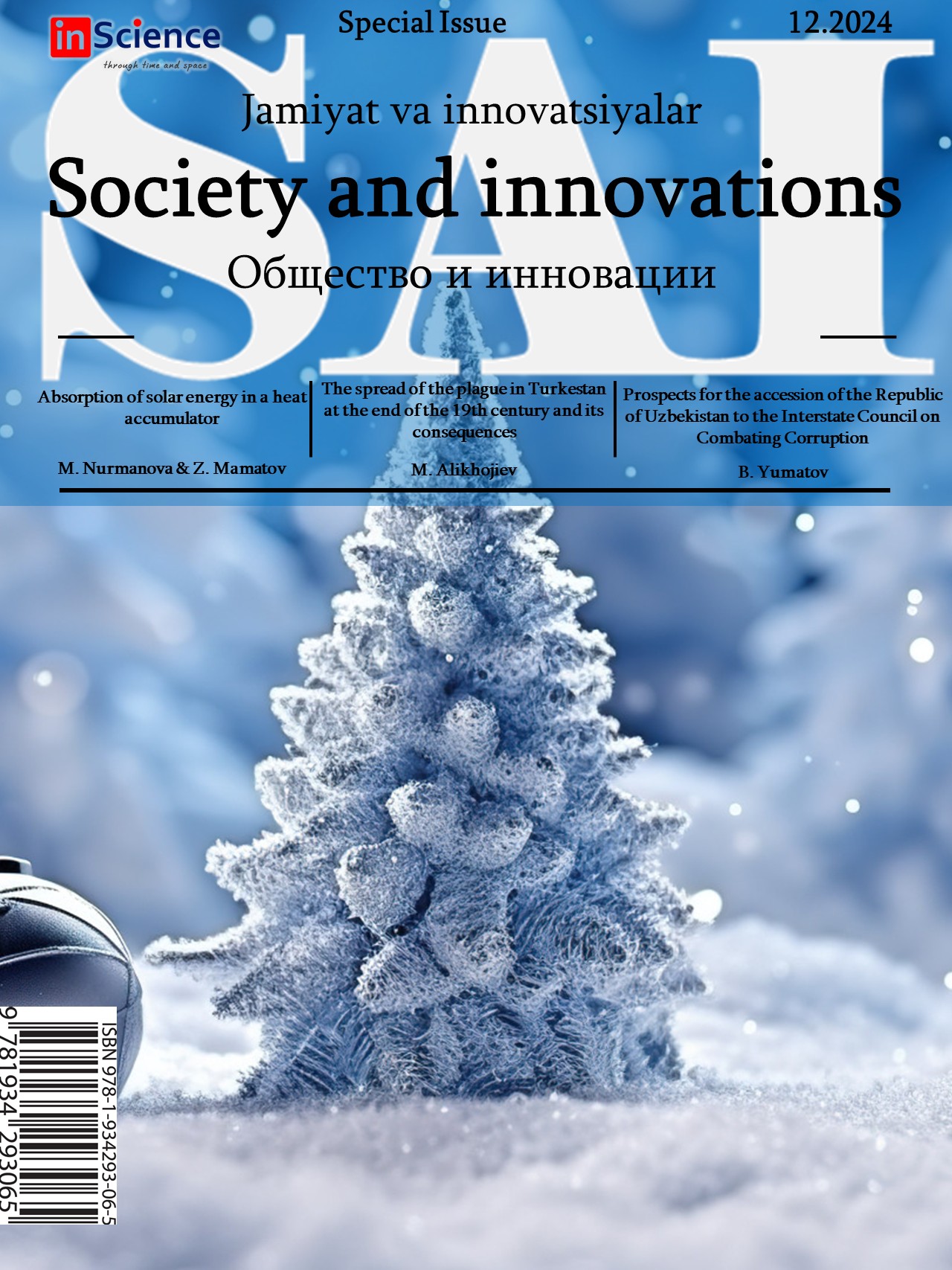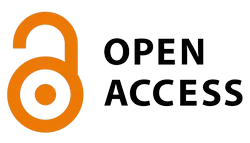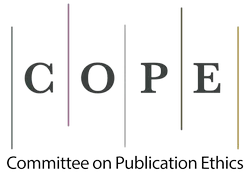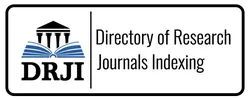DOI
https://doi.org/10.47689/2181-1415-vol5-iss12/S-pp170-181Ключевые слова
креативность , цифровые инструменты , художественное образование , цифровое творчествоАннотация
В статье рассматривается интеграция цифровых инструментов в художественное образование как средство поощрения творческого потенциала учащихся. Современные образовательные системы всё больше признают важность развития креативности, поэтому педагогам необходимо совершенствовать собственные творческие навыки, чтобы эффективно вдохновлять учеников. Исследование подчёркивает, что творчество — это не только желаемый результат обучения, но и важная педагогическая стратегия, способствующая развитию инновационного мышления и стимулирующая выражение оригинальных идей. Особое внимание уделяется роли международных инициатив, таких как программа ОЭСР «Образование 2030» и цели ООН на период до 2030 года, которые подчёркивают необходимость подготовки учащихся к креативному мышлению в условиях стремительно меняющегося мира. Анализ текущих практик и существующих проблем в интеграции цифровых инструментов в художественное образование позволяет выявить преобразующий потенциал технологий в развитии творческого самовыражения. В статье также рассматриваются препятствия на пути к равному доступу к цифровым ресурсам и акцентируется важность качественной подготовки педагогов для создания благоприятной образовательной среды. Таким образом, авторы отстаивают многогранный подход к развитию творчества в образовании, подчёркивая значимость использования цифровых инструментов для расширения возможностей учащихся и подготовки их к вызовам будущего.
Скачивания
Библиографические ссылки
Damanik, J., & Widodo, W. (2024). Unlocking Teacher Professional Performance: Exploring Teaching Creativity in Transmitting Digital Literacy, Grit, and Instructional Quality. Education Sciences, 14(4), 384.
Fayzullayev, T. (2024). The Role of Digital Technology in Education of Uzbekistan. Journal of Intellectual Property and Human Rights, 3(2), 162-165.
Fernandez, S. (2019). Making space in higher education: disability, digital technology, and the inclusive prospect of digital collaborative making. International Journal of Inclusive Education, 25(12), 1375–1390. https://doi.org/10.1080/13603116.2019.1610806
Haleem, A., Javaid, M., Qadri, M. A., & Suman, R. (2021). Understanding the role of digital technologies in education: A review. Sustainable Operations and Computers, 3, 275-285. https://doi.org/10.1016/j.susoc.2022.05.004
Hameed, U., & Mimirinis, M. (2023). How does digital reflective practice in textile design education relate to creativity? Reflective Practice, 24(3), 310–323. https://doi.org/10.1080/14623943.2023.2194623
Isabel Pont Niclòs, Yolanda Echegoyen Sanz, Patricia Orozco Gómez, Antonio Martín Ezpeleta. Creativity and artificial intelligence: A study with prospective teachers. Digital Education Review, ISSN-e 2013-9144, No. 45, 2024, pp. 91-97
Isakov, A. (2024). THE ROLE OF WOMEN IN THE DIGITALISATION OF EDUCATION: CHALLENGES AND OPPORTUNITIES. Евразийский журнал академических исследований, 4(5 (Special Issue), 90–93. извлечено от https://www.in-academy.uz/index.php/ejar/article/view/32016
Isakov, A. (2023). Approaches to Teaching Art in a Digital Age: An Analytical Review of Research between 2000-2021. Best Journal of Innovation in Science, Research and Development, 2(10), 8-19.
Janse van Rensburg, C., Coetzee, S. A., & Schmulian, A. (2021). Developing digital creativity through authentic assessment. Assessment & Evaluation in Higher Education, 47(6), 857–877. https://doi.org/10.1080/02602938.2021.1968791
Qian Tong, “Creativity in the Digital Canvas: A Comprehensive Analysis of Art and Design Education Pedagogy”. International Journal of Advanced Computer Science and Applications (IJACSA), 15(6), 2024. http://dx.doi.org/10.14569/IJACSA.2024.0150696
Szostak, M., & Sułkowski, Łukasz. (2024). Creativity management within the aesthetical situation regarding the in-real or digital form of participation in arts: art receivers’ perspective. Creativity Studies, 17(1), 41–58. https://doi.org/10.3846/cs.2024.16418
Spante, M. (2019), "Digital creativity: learning by story driven digital production", International Journal of Information and Learning Technology, Vol. 36 No. 3, pp. 182-191. https://doi.org/10.1108/IJILT-11-2018-0129
Gabriel, F., Marrone, R., Van Sebille, Y., Kovanovic, V., & de Laat, M. (2022). Digital education strategies around the world: practices and policies. Irish Educational Studies, 41(1), 85–106. https://doi.org/10.1080/03323315.2021.2022513
Mariella Cassar-Cordina & Charmaine Zammit (2024). Living the Arts in the 21st Century. Journal for Critical Education Policy Studies, Volume 22, Number 2.
Leonard, N. (2023). Review of Post-Digital, Post-Internet Art and Education: The Future Is All-Over. Studies in Art Education, 64(4), 491–497. https://doi.org/10.1080/00393541.2023.2255090
Mahmudjanovna, T. G. Z. (2023). Components and Approaches in Didactic Model of Critical Thinking Formation in Primary Class Students. Web of Synergy: International Interdisciplinary Research Journal, 2(4), 324-335.
Maor, R., Paz-Baruch, N., Mevarech, Z., Grinshpan, N., Levi, R., Milman, A., … Zion, M. (2024). Teaching creatively and teaching for creativity – theory, teachers’ attitudes, and creativity-based practices. Educational Studies, 1–15. https://doi.org/10.1080/03055698.2024.2371091
Nichols, Nancy Franziska (2023). A Qualitative Case Study of High School Art Students’ Transfer of Learning Experiences Between Physical and Digital Tools. Northcentral University ProQuest Dissertations & Theses, 30418329.
Graessler, I., & Taplick, P. (2019). Supporting Creativity with Virtual Reality Technology. Proceedings of the Design Society: International Conference on Engineering Design, 1(1), 2011–2020. doi:10.1017/dsi.2019.207
https://doi.org/10.3390/educsci14040384
Tusiime, W. E., Johannesen, M., & Gudmundsdottir, G. B. (2020). Teaching art and design in a digital age: challenges facing Ugandan teacher educators. Journal of Vocational Education & Training, 74(4), 554–574. https://doi.org/10.1080/13636820.2020.1786439
Černochová, M., Selcuk, H. (2020). Digital Literacy, Creativity, and Autonomous Learning. In: Tatnall, A. (eds) Encyclopedia of Education and Information Technologies. Springer, Cham. https://doi.org/10.1007/978-3-030-10576-1_205
Xia, Y., Deng, Y., Tao, X. et al. (2024). Digital art exhibitions and psychological well-being in Chinese Generation Z: An analysis based on the S-O-R framework. Humanit Soc Sci Commun 11, 266 https://doi.org/10.1057/s41599-024-02718-x
Wang, Q., & Lee, S. (2024). The Impact of Digital Literacy on the Creativity of Art Major University Students. Journal of Educational Research and Policies, 6(9), 182–188. https://doi.org/10.53469/jerp.2024.06(09).36
Wang, B., & Li, P. Ping. (2022). Digital creativity in STEM education: the impact of digital tools and pedagogical learning models on the students’ creative thinking skills development. Interactive Learning Environments, 32(6), 2633–2646. https://doi.org/10.1080/10494820.2022.2155839
Weng, X., & Chiu, T. K. F. (2023). The mediating effects of engagement on the relationship between perceived digital inquiry and creativity. Journal of Research on Technology in Education, 56(4), 431–443. https://doi.org/10.1080/15391523.2022.2160392
Zhang, Q., Shi, B., Liu, Y. et al. The impact of educational digitalization on the creativity of students with special needs: the role of study crafting and creative self-efficacy. Humanit Soc Sci Commun 11, 754 (2024). https://doi.org/10.1057/s41599-024-03232-w
Zana-Sternfeld, G., Israeli, R., & Lapidot-Lefer, N. (2024). Creative education or educational creativity: Integrating arts, social emotional aspects and creative learning environments. International Journal of Education & the Arts, 25(3). http://doi.org/10.26209/ijea25n3
Тажибоева, Г. (2023). Описание технологий формирования критического мышления у студентов в процессе преподавания предмета воспитание. Общество и инновации, 4(3/S), 70–79. https://doi.org/10.47689/2181-1415-vol4-iss3/S-pp70-79
Файзуллаев, Т. (1998). Процессы укрепления государственной независимости Узбекистана: теория и практика.
Загрузки
92 40Опубликован
Как цитировать
Выпуск
Раздел
Лицензия
Copyright (c) 2025 Абдувохид Исаков (Автор)

Это произведение доступно по лицензии Creative Commons «Attribution» («Атрибуция») 4.0 Всемирная.





















